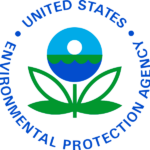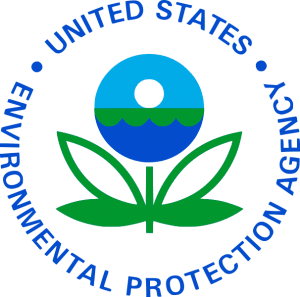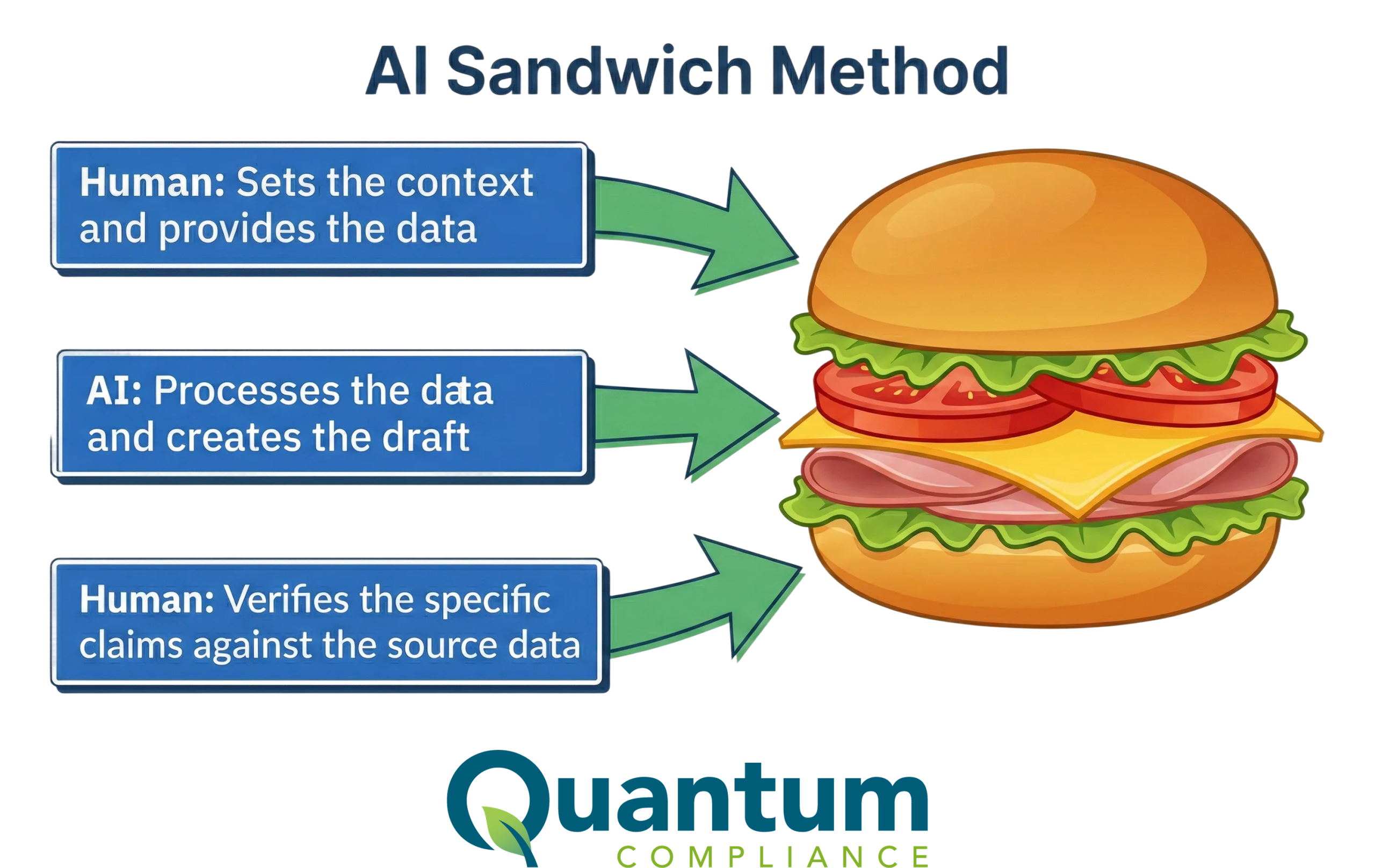 About three months ago, we reported on the Frank R. Lautenberg Chemical Safety for the 21st Century Act. This Act was basically a complete overhaul of the older Toxic Substances Control Act (TSCA), and now forms the basis of all toxic chemical regulations in the United States.
About three months ago, we reported on the Frank R. Lautenberg Chemical Safety for the 21st Century Act. This Act was basically a complete overhaul of the older Toxic Substances Control Act (TSCA), and now forms the basis of all toxic chemical regulations in the United States.
The new TSCA bill gives the EPA more authority to investigate and regulate hazardous chemicals. In order to make sure that the EPA uses their newfound authority, the bill also mandates that a minimum number of chemicals be reviewed each year. This “minimum through-put” will cause the EPA to give many commonly-used chemicals a closer look.
Here are some chemicals that might not stand up under the EPA’s scrutiny.
1. Asbestos
This cheap insulator was first banned in 1989, but the rule was overturned just a few years later. To this day there exists no official ban on the use of asbestos in the US. As a result, this material is still commonly used in many construction materials.
Asbestos has been shown to cause mesothelioma, so the EPA will have a pretty strong case for banning it again (or at least regulating it more heavily).
2. Formaldehyde
Formaldehyde is an important industrial precursor that has uses in everything from textiles to medicine to construction. The chemical is also extremely toxic to all life and is a known carcinogen to boot. Surprisingly, Formaldehyde was not included under the original TSCA, and has never been banned in the US.
Formaldehyde was able to escape heavy regulation by being “grandfathered in” to the original TSCA. That protection will not carry over to the new Act, so Formaldehyde will be facing some regulatory investigation sooner or later.
Given its well-known health effects – and its widespread use- it’s only a matter of time before the EPA bans Formaldehyde outright.
3. Flame Retardants
This category covers a wide variety of chemicals. Flame retardants are used to manufacture all sorts of things, from electronics to car engines. Despite their wide use, it’s unclear whether all of these chemicals are actually safe to use.
Many flame retardants are chemically similar to PCBs, which are known to be highly toxic and carcinogenic. If the EPA finds that flame retardants share some of those properties, it could put restrictions on some flame retardant chemicals.
The Chemical Safety for the 21st Century Act gives the EPA a mandate to investigate and regulate more chemicals than ever before. Chemical suppliers will have to stay up-to-date in this new climate of regulatory activity.








